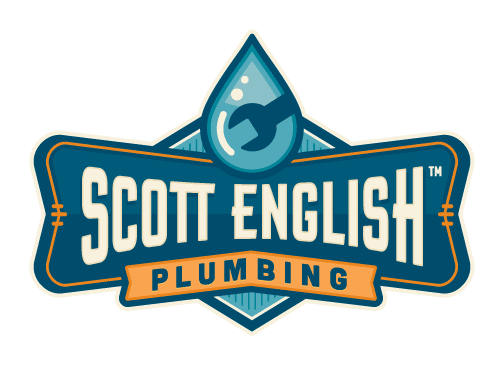6 Tips to Improve Home Plumbing Systems
When it comes to home improvement, did you know that plumbing work is one of the most challenging and can be utterly frustrating? Many do-it-yourself homeowners can attest to this fact and sometimes, even professionals that lack the training and proper equipment can fall prey to the same pitfalls. To make things a bit easier, here are some tips that you can follow the next time you face plumbing challenges at home.
1. Plastic for Metal
Normally, metal drain lines are used especially under the sink. Although it looks more reliable, plastic lines are considered a better choice because it is easier to install, repair, and even more affordable. More importantly, plastic is not prone to corrosion. The next time you need to replace your metal drains, think of using plastic for metal instead.
2. Piggybacking Shutoff Valves
Among the different plumbing fixtures in your home, shutoff valves can be considered as the least reliable. Have you ever had the problem of valves not closing and you are just forced to completely replace it? The next time you go to the home center to buy a replacement shutoff valve, try looking for piggyback shutoff valves that you can easily connect to the existing one. This not only allows you to gain more control over your water supply, but also allows you to install a new supply line. Make sure that you completely turn off the water supply before installing your piggyback valve to save water and prevent damage.
3. Tightening Supply Lines
If you have done a bit of plumbing work then you know how tempting it is to just keep on turning that nut or valve until you cannot turn it any further. The reality though is that there is a real danger in overtightening connections, especially when it comes to supply lines. Loose connections are easy to tighten, but overtightened connections can pose real damage to the seals and may even crack the thread. The proper thing to do is to hand-tighten both ends and give it about another quarter turn with your wrench to prevent any leaks.
4. Reusing Supply Lines
Are you in the habit of reusing old supply lines to save some money? That is not a very good practice. Old lines degrade over time and reusing them will not only result in small (sometimes undetectable) leaks, but also potentially dangerous water damage. Buying new braided, stainless steel lines is a better alternative than taking the risk for a few bucks saved. Braided lines are less susceptible to bursting, but must be replaced as well after a few years.
5. Use Thread Tape
There are certain advantages to using thread tape aside from avoiding getting your hands smeared or leaving tools sprawled on the floor. Do you know that pink tape should be used for water and yellow is for gas? Using the right one will dictate how effective the tape can be. It is important to point out that tape should be used for pipe threads only and not for compression and other types of connections. Although there is no general rule on how many times the pipe should be wrapped, about three full rotations should be good enough. Remember to always wrap the pipe with thread tape in a clockwise direction to prevent it from unwrapping as you screw the joints together.
6. Caulk not Putty
Are you aware that even if it’s called plumber’s putty some plumbers prefer to use caulk instead? This is because the putty may stain surfaces and can damage certain types of plastic. Putty also has a tendency to crack resulting in leaks over time. Using silicone caulk will give you a lasting seal that is safer.
The best way though to ensure that your home plumbing system is always in the best shape possible is to have a professional plumbing expert come in and regularly check it. Call Scott English Plumbing today for your plumbing inspection schedule!
